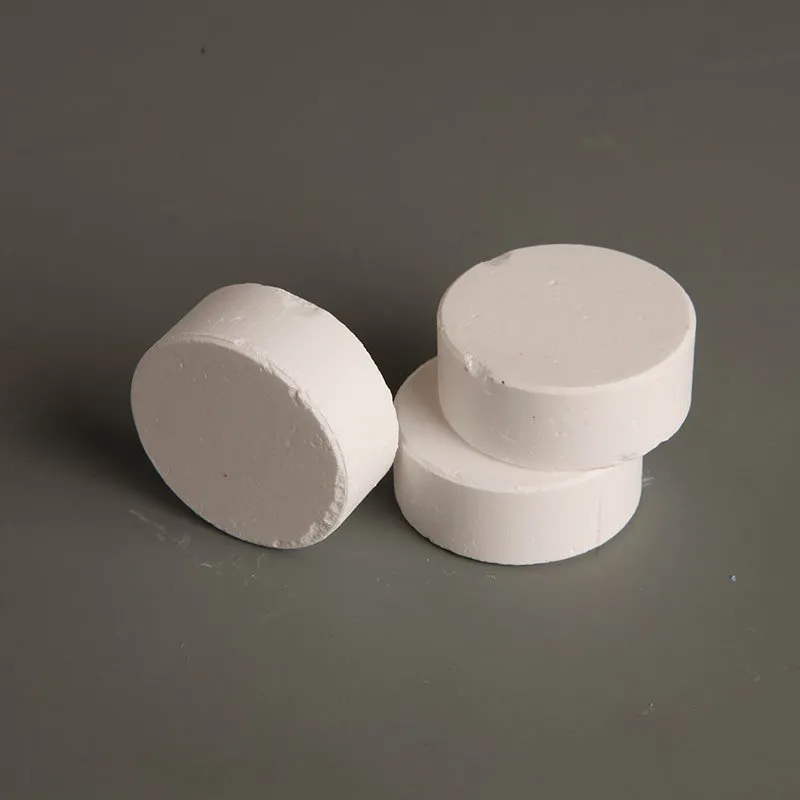



disinfecting chemical in water
The Role of Disinfecting Chemicals in Water Treatment Balancing Safety and Efficacy
Water is an essential resource for life, and ensuring its safety and quality is a crucial responsibility for public health authorities around the world. One of the key methodologies employed to maintain water safety is the use of disinfecting chemicals. These substances play a vital role in eliminating pathogens and harmful microorganisms from water supplies. However, while the necessity of disinfecting chemicals is clear, their implementation raises important questions regarding safety, environmental impact, and efficacy.
Understanding Disinfecting Chemicals
Disinfecting chemicals include a variety of substances, with chlorine being the most commonly used. Other examples include chloramine, ozone, and ultraviolet (UV) light. Each of these methods has unique mechanisms for disinfecting water. Chlorine, for instance, works by disrupting the cellular processes of microorganisms, effectively killing bacteria, viruses, and protozoa that can cause diseases such as cholera, typhoid fever, and gastrointestinal infections.
However, disinfecting chemicals do not act merely as a destroyer of harmful agents; they also contribute to the formation of by-products. For instance, when chlorine reacts with organic matter in water, it can form trihalomethanes (THMs) and haloacetic acids (HAAs), which are potential health risks when consumed at high levels over extended periods. This underscores the need for a careful balance between effective disinfection and the minimization of harmful by-products.
The Importance of Proper Dosage
The effectiveness of disinfecting chemicals is critically dependent on their dosage. Too little can result in inadequate disinfection, allowing pathogens to survive, while too much can lead to adverse health effects from chemical exposure. Water treatment facilities must follow rigorous guidelines and standards established by organizations such as the Environmental Protection Agency (EPA) to determine optimal dosing levels. These standards help to ensure that water supplies are not only safe but also palatable for consumers.
disinfecting chemical in water

The use of advanced monitoring technologies has become increasingly common in water treatment processes. These systems allow operators to continually assess the concentration of disinfecting agents in real time, making it possible to adjust dosages as necessary. This agility is crucial in addressing fluctuations in water quality and ensuring that public health is prioritized.
Environmental Considerations
While disinfecting chemicals are indispensable in maintaining safe drinking water, their impact on the environment cannot be overlooked. The runoff from water treatment plants can introduce residual chemicals into natural waterways, potentially disrupting aquatic ecosystems. Studies have indicated that high levels of chlorine in water bodies can harm fish and other aquatic organisms.
To mitigate these impacts, many water treatment facilities are now exploring alternative disinfection methods such as UV light and advanced oxidation processes. These processes not only reduce the reliance on chemical disinfectants but also minimize harmful by-products. Furthermore, increasing public awareness and education about water safety can lead to more responsible chemical use and disposal practices.
Conclusion Striving for Safe and Clean Water
In conclusion, disinfecting chemicals are an essential tool in the ongoing effort to provide safe drinking water to populations around the globe. They play a crucial role in reducing the incidence of waterborne diseases, but their application must be carefully managed to minimize the risk of chemical exposure and environmental damage. As technology advances, innovative disinfection methods and monitoring systems offer promising avenues to enhance water safety without compromising health or ecological integrity. Moving forward, a holistic approach that considers both human health and environmental sustainability will be paramount in the development of water treatment practices. Ensuring that every drop of water remains safe, clean, and free of harmful contaminants is a collective responsibility that necessitates ongoing research, regulation, and public engagement.
-
Why Sodium Persulfate Is Everywhere NowNewsJul.07,2025
-
Why Polyacrylamide Is in High DemandNewsJul.07,2025
-
Understanding Paint Chemicals and Their ApplicationsNewsJul.07,2025
-
Smart Use Of Mining ChemicalsNewsJul.07,2025
-
Practical Uses of Potassium MonopersulfateNewsJul.07,2025
-
Agrochemicals In Real FarmingNewsJul.07,2025
-
Sodium Chlorite Hot UsesNewsJul.01,2025










